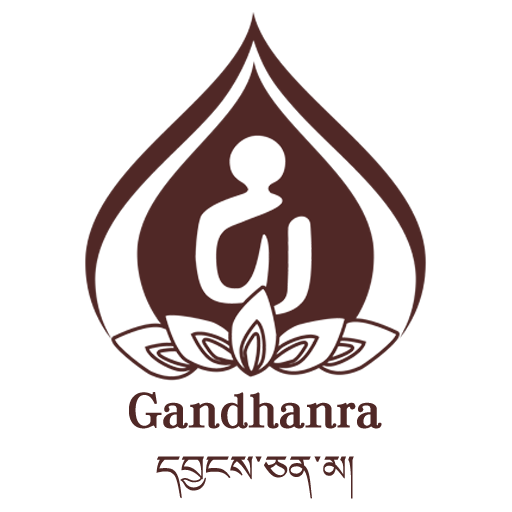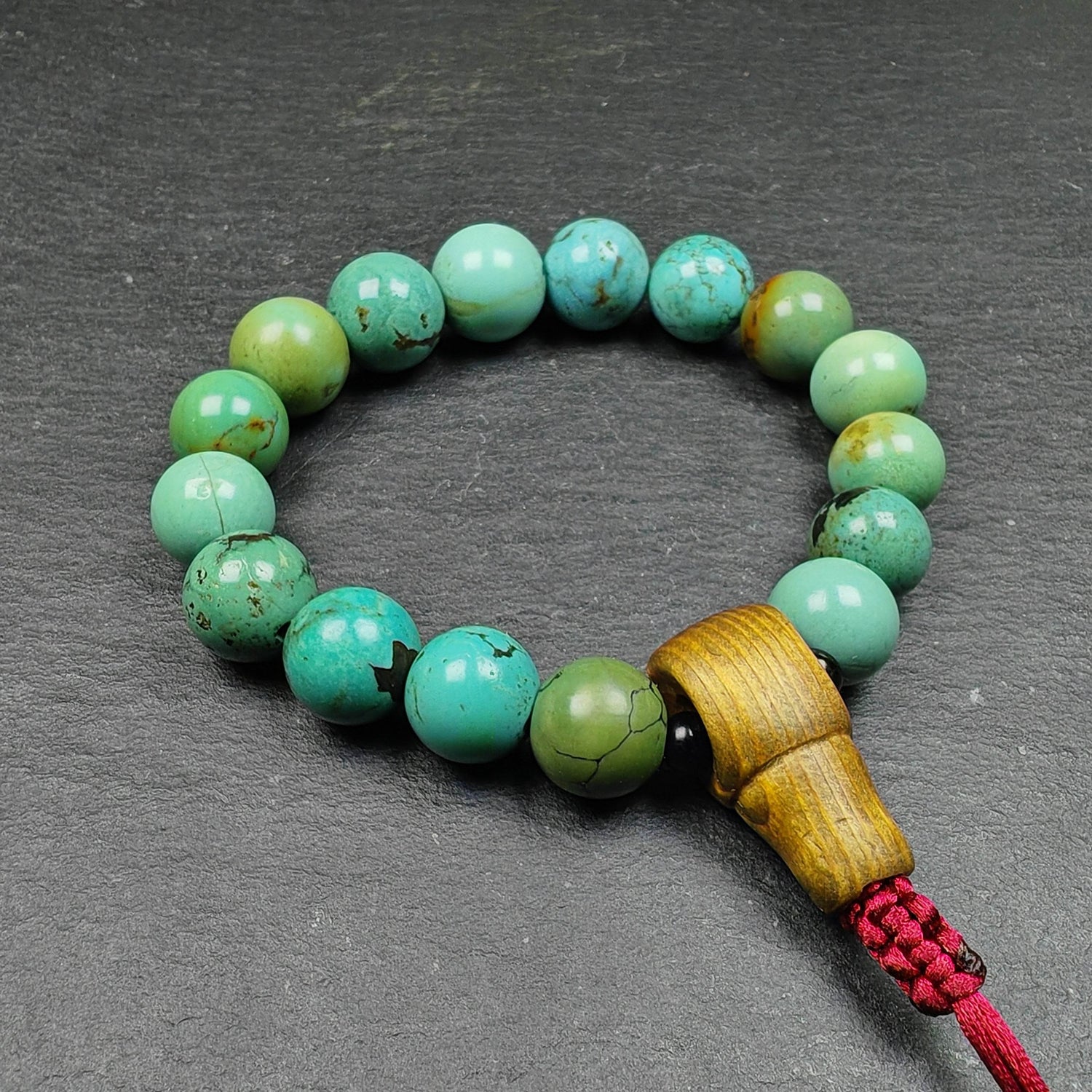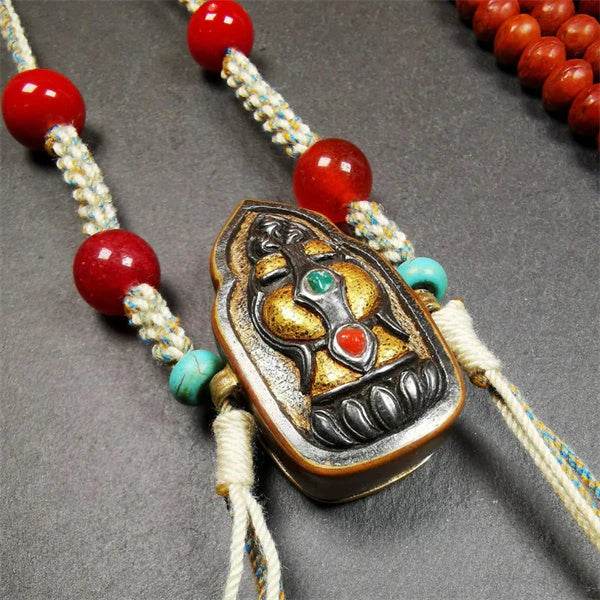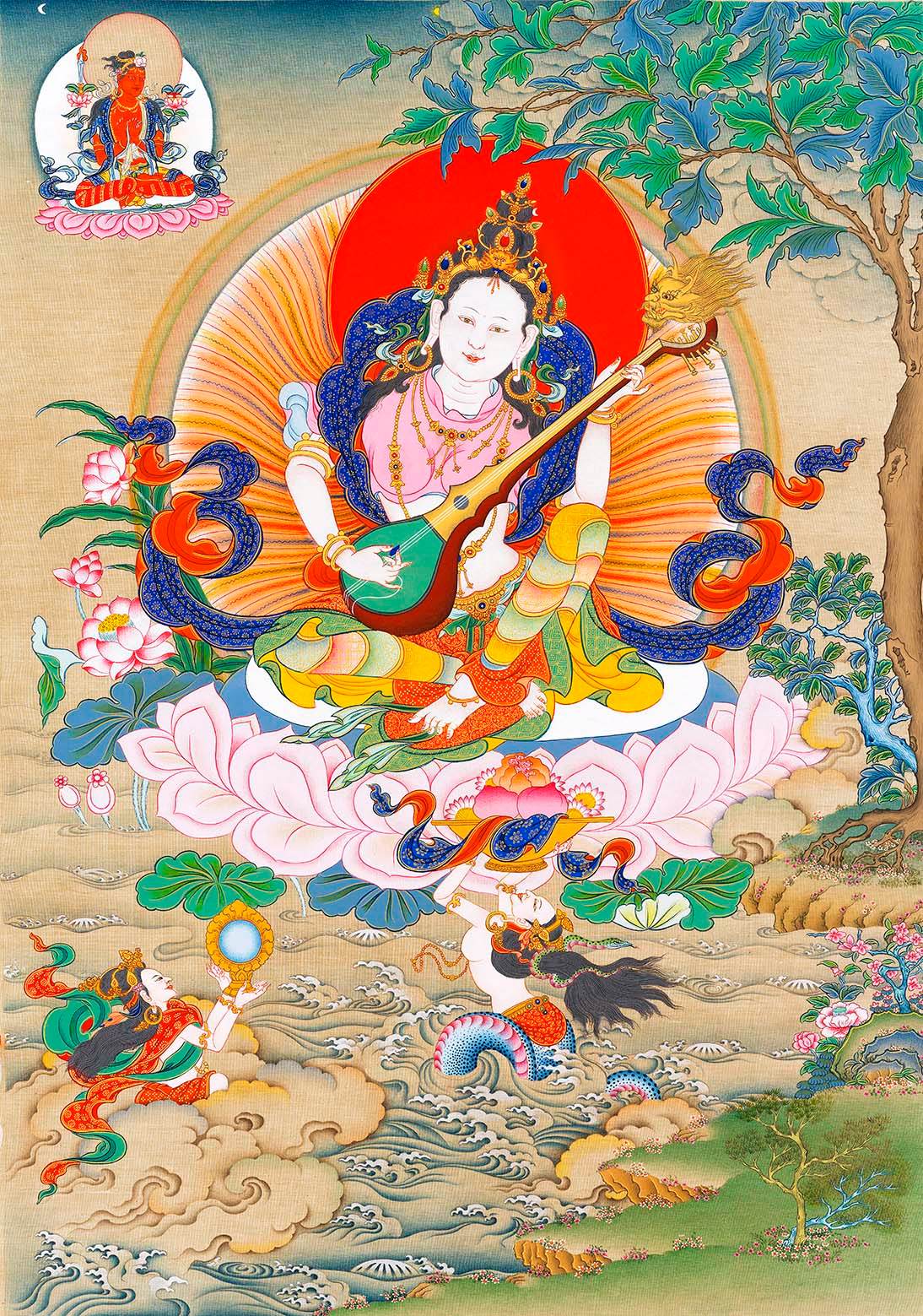
The Tibetans in the 1980s 'National Geographic'

Three Generations of a Family
Photo Source: "National Geographic"

Female
Photo Source: "National Geographic"

A woman with a medicinal patch.
Photo Source: "National Geographic"

Young Tibetan Opera Dancer
Photo Source: "National Geographic"

An elderly woman holding a prayer wheel.
Photo Source: "National Geographic"
Lifting the Veil of the Forbidden City.
Tibet has always been a frequent subject in "National Geographic" magazine. As early as 1905, the magazine published a report on Tibet. The Mongolian explorer Tsybikov captured a multitude of photographs of Tibet, marking the first time the outside world was introduced to Lhasa, known far and wide as the "Forbidden City."

The highway by the Lhasa River
is also a vital thoroughfare connecting Lhasa and Gonggar Airport.
Photo Source: "National Geographic"
This article achieved great success at the time, also saving "National Geographic" magazine from the brink of bankruptcy and aiding it in finding its corporate identity. From that moment on, "National Geographic" rose to fame worldwide.

Fred Ward
Photo Source: "National Geographic"
In 1980, Fred Ward, an American photojournalist whose work had been exhibited at the Metropolitan Museum of Art, successfully visited Lhasa. He was among the first foreign journalists to enter Tibet following the reform and opening-up. Ward compiled his travelogue and photographs into an article titled "Visit To Forbidden Tibet," which was published in the February issue of "National Geographic" that same year.

February 1980 Cover of "National Geographic"
Photo Source: "National Geographic"
The New Face of the Ancient City
"My first night in Lhasa was sleepless. Although some say this is due to altitude sickness caused by the high elevation. But my childhood dream had come true, I had arrived in the ancient holy city of Lhasa. I flew for three hours from Chengdu, China, on a Soviet-style propeller plane and landed at Gonggar Airport, which was completed in 1965. From here, it is still 65 miles to Lhasa, requiring nearly three hours of driving to reach."

A Rainbow Over Lhalu Wetland
Lhalu Wetland (ལྷ་ཀླུ་དགའ་ཚལ།)
Encompasses vast areas to the north and west of Lhasa City.
Photo Source: "National Geographic"

Potala Palace
Photo Source: "National Geographic"
In the 1940s, Lhasa in the narrow sense only included the old town centered around the Jokhang Temple and Barkhor Street, managed by the Lhasa Municipal Hall, Langzisha (སྣང་རྩེ་ཤག). The Potala Palace and the citadel (Shol ཞོལ།) were managed by the Shol Lekhung (ཞོལ་ལས་ཁུངས།).

View of the Lhasa River Valley from the Potala Palace in the 1940s.
Photo Source: "National Geographic"
In this photograph taken by Heinrich from the top of the Potala Palace, one can see the Drepung Manor (འབྲས་བུ་གླིང་གཡུལ་ཁ།) in front of the corner tower of the Shol Palace. To the left is the then-famous Jangse Shar Lingka (ལྕང་གསེབ་ཤར། "Willow Shade Garden") and the Garpa Lingka (གར་པ་གླིང་ག) belonging to the Potala Palace's song and dance troupe. The triangular area to the south is the Yutog Gye Tsal (གཡུ་ཐོག་སྒྱེད་ཚལ། "Yutog Garden"), the fief of the aristocratic Yutog family, where the main building of the Yutog estate is faintly visible amidst the trees. The Yutog Bridge (གཡུ་ཐོག་ཟམ་པ།) to the south marks the boundary of the judicial jurisdiction between the Langzisha and the Shol Lekhung in the old days.

View of the Lhasa River Valley from the Potala Palace in 1980.
Photo Source: "National Geographic"
In 1980, Ward captured this photograph from the same vantage point. Over the span of two decades, Lhasa's urbanization had progressed rapidly. New infrastructure was constructed on the site of the former Drepung Manor as an extension of the Shol City. To the south of the Garpa Lingka, the Lhasa Department Store (known as the "Great Hall") was built. Lhasa and Shol City no longer remained distinctly separate urban areas; their merger formed the core of what is now the Chengguan District of Lhasa.

The Potala Palace and the teahouse beneath its walls
This teahouse is operated by the Shol City Cooperative.
Photo Source: "National Geographic"

Barkhor North Street in the Old Town of Lhasa
The former residence of the Amban, Chonsak House (ཁྲོམ་གཟིགས་ཁང་།).
Photo Source: "National Geographic"
Countryside Paths
At that time, beyond the eastern district, the Lhasa River Valley area from Gamgongsum to Nagchu Township was covered with vast farmlands. Although located inland on the plateau, the Ü-Tsang region was still a very typical agricultural area. Barley and rapeseed were common crops in the fields, and the orchards through which small streams meandered were the most picturesque parts of the village scenery.

Orchard Harvest.
Photo Source: "National Geographic"

Constructing Irrigation Canals.
Photo Source: "National Geographic"

Working in the Fields.
Photo Source: "National Geographic"

Militia Guarding the Border.
Photo Source: "National Geographic"
The Various Aspects of City Life
In the 1980s, the old town of Lhasa was a burgeoning showcase of prosperity in Tibet. Among the ancient houses that had stood for centuries, a network of alleys and lanes bore witness to the myriad facets of life experienced by generations of the ancient city's inhabitants.

A Boy Flying a Kite
The kites fluttering in the wind are a hallmark of early autumn in Lhasa.


Workers Transporting Timber on the Stone Steps of the Potala Palace.
Photo Source: "National Geographic"

Citizens Washing Clothes in Front of the Potala Palace.
Photo Source: "National Geographic"

A Card Game in Norbulingka
The Chinese game of Tianjiu (སྦག་ཆེན།) is quite popular in Tibet.

Patients in a Tibetan Hospital.
Photo Source: "National Geographic"

A Calendar Calculation Expert Organizing Ancient Texts.
Photo Source: "National Geographic"
Renowned Artists

Ando Jamba is painting his famous work "Songtsen Gampo."
Photo Source: "National Geographic"

Pandhen Langyel, Composer for the Tibetan Song and Dance Ensemble.
Photo Source: "National Geographic"

Artist Thubten is performing
The famous episode "Zongba Zanmao" from the Epic of King Gesar.

Artists from the Lhasa Song and Dance Troupe are performing folk music.
Photo Source: "National Geographic"
Within the Ancient Temple

Cliffside Inscriptions beside the Ancient Temple.
Photo Source: "National Geographic"

The Jowo Shakyamuni Statue, a Life-Sized Representation of the Buddha at Age Twelve, in the Jokhang Temple.
Photo Source: "National Geographic"

The Thousand-Armed and Thousand-Eyed Avalokiteshvara Statue in the Jokhang Temple.
Photo Source: "National Geographic"

The Statue of Hayagriva in the Jokhang Temple.
Photo Source: "National Geographic"

Monks of the Jokhang Temple.
Photo Source: "National Geographic"

Devotees Waiting to Have Their Tickets Checked Before Entering the Jokhang Temple.
Photo Source: "National Geographic"

Devotees Paying Homage in the Jokhang Temple
This photograph has also been the source of inspiration for many famous paintings.

Offering Lamps.
Photo Source: "National Geographic"

Prostrating in Worship.
Photo Source: "National Geographic"







2 komentarze(-y)
0d4buh
IHO SxbrCH voYuuw FKuvRZER WqR